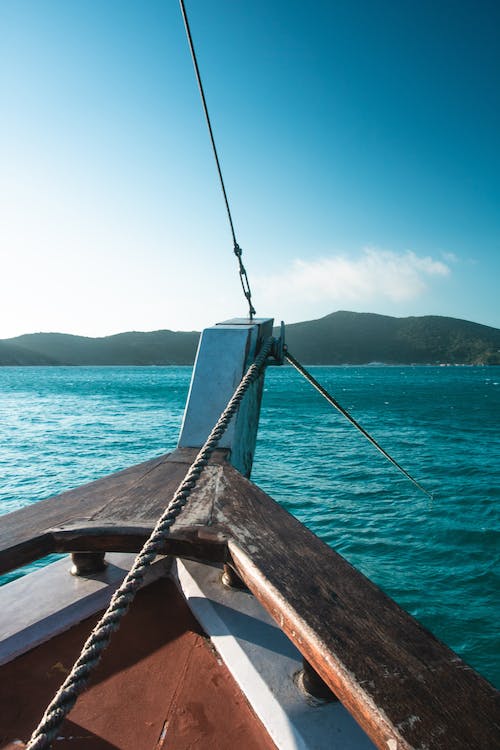Rainbow Fountain Bridge
One can hardly be surprised today by a bridge with fountains – it is the most common sight in many large cities and megacities. Streams of water pour down at the pressure on both sides of the bridge in South Korea directly into the body of water over which it is laid.
And in the evening it’s an even more picturesque sight – usually illuminated with colorful lights and perfectly in keeping with the look of the city at night – the goal of many photo tours. But you’ll be surprised to learn that the world’s longest bridge of this design is located in Seoul.
Banpo
The bridge is called Panpo (or Banpo – various transliterations of the word “rainbow” from Korean). This fountain differs from traditional fountains in more than one way – the water does not flow up and down, but directly into the Han River, which flows between its banks and the bridge length of 1140 meters. The fountain does not operate continuously, but once every 20 minutes (the schedule varies depending on the season). Even if you stand on the fountain for a minute, the flow of water is quite impressive – about 190 tons!
Even for a minute of fountain operation, the water flow is enormous – about 190 tons!
There are pumps on both sides of the bridge, on which there are several car lanes. Each pump is served by 10 water guns, which eject the water. The head is very high – about 810 m, and jets extend up 20 m and 43 m to the sides. The water in the fountain comes directly from the Hangang River, where it is thrown. To ensure that the fountain system is not clogged, it is equipped with special filters. So you can say that the fountain also filters the water of the river.
Taking Care of the Environment
The Banpo Bridge was opened in 2009. At the opening ceremony, the mayor of Seoul announced that the bridge would not only beautify the Korean capital but would also show that the local government cared about the environment. In addition, they managed to build the longest fountain in the world, which was entered in the Guinness Book of Records immediately after its opening.
The fountain bridge looks different at any time of the day or night. By day it amazes with the power of its water jets, which look like weeping willow branches hanging on both sides of the bridge. By night it amazes with the abundance of light, color, and bizarre figures looming out of the water.
In the color design of the bridge, there are all seven colors of the rainbow, each of which, as we know, has its symbolism for Koreans.
The bridge is worth seeing both by day and in the evening – it is truly an unforgettable sight at any time of day. Located near the bridge on the shore of the park is beloved not only by tourists but also by locals. There are plenty of places to picnic and relax with a view of the bridge “Fountain of Rainbows”, as well as a stage where local artists perform. The park also has a nature center dedicated to the flora and fauna of the Hangang River.
Practical Information
Getting to the Rainbow Fountain Bridge is easy – any resident will show you the way to this Seoul landmark. The preferred way to get to the bridge is by subway: you will need the 338, 734, or 923 stations. You can also admire the fountain during a sightseeing tour of Seoul or during a boat ride on the Hangang River.
- Address: Seoul, Socho-gu, Panpo-dong.
- Phone: +82 (2) 378-005-41 (Panpo District Information Center).
- Admission: free.
- Fountain on time: daily except Monday, every 20 minutes; Monday 6-8 times a day.
Leeum Museum
Who would have thought, but the Samsung company, in addition to its core business, is actively engaged in charity and support for the arts. The Leeum Contemporary Art Gallery is the pride of this South Korean concern. The museum is waiting not only for contemporaneous art fans but also for those who prefer exhibitions with traditional historical exhibits.
Leeum’s collection of antiquities is one of the most comprehensive in Korea.
What to See
The museum consists of three buildings:
- two exhibition pavilions,
- a children’s educational center.
The majestic building by Italian Mario Botta, which houses antiquities, looks like a medieval fortress. The audacious contemporary art gallery designed by the Frenchman Jean Nouvel is a modernist marvel.
The “Museum 1: Beyond Time” gallery has more than 120 exhibits covering the period from ancient times to the end of the Joseon era (late 19th century). There are 1,000-year-old masterpieces of Goryeo celadon ceramics, vases in the popular buncheong style, and traditional paintings and calligraphy.
At Museum 2: Out of Space, guests are introduced to contemporary Korean art: paintings, sculptures, and installations. Foreign authors such as Joseph Albers, Francis Bacon, Andy Warhol, and other iconic masters are also represented.
Practical Information
- Address: Seoul, Yongsan-gu, Itaewon-ro 55-gil, 60-16.
- Getting there: nearest subway stop: Hangangjin (Line 6).
- Opening hours: Tuesday-Sunday 10:30-18:00, Monday off. Admission 10,000 KRW, visitors ages 7-24 and over 65: 5,000 KRW.

